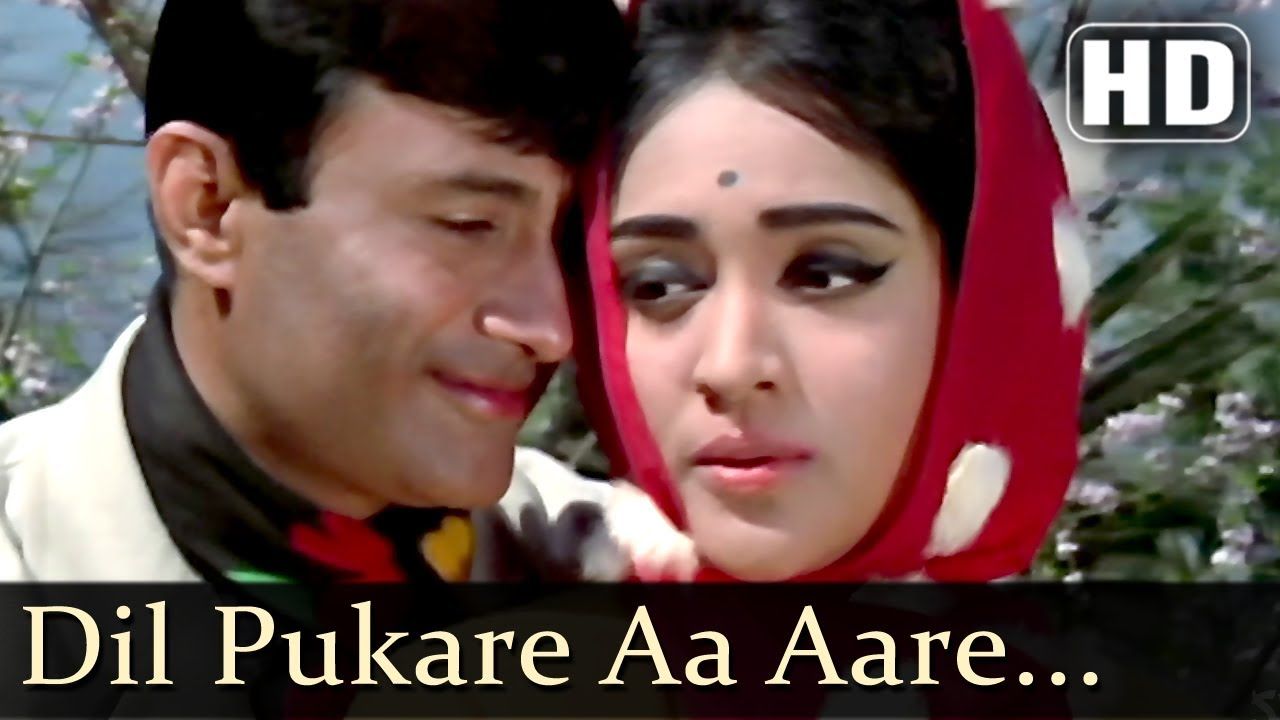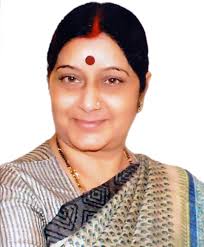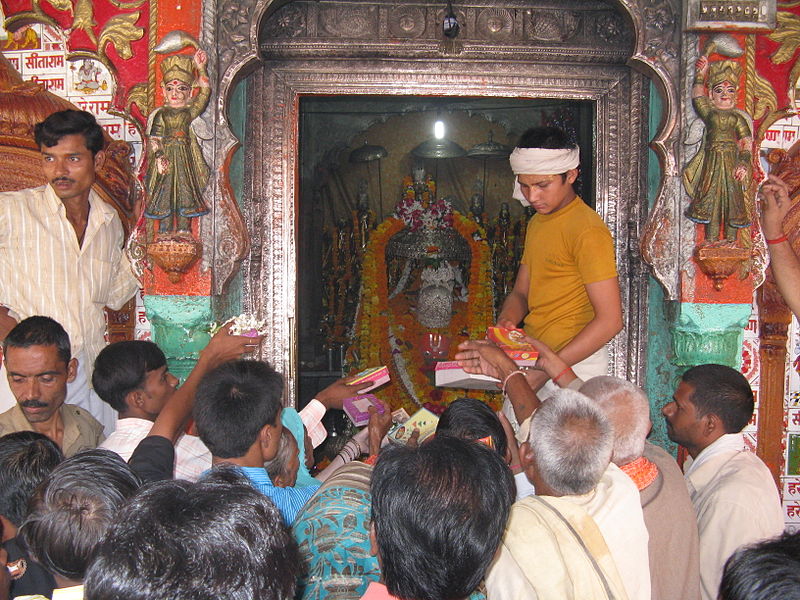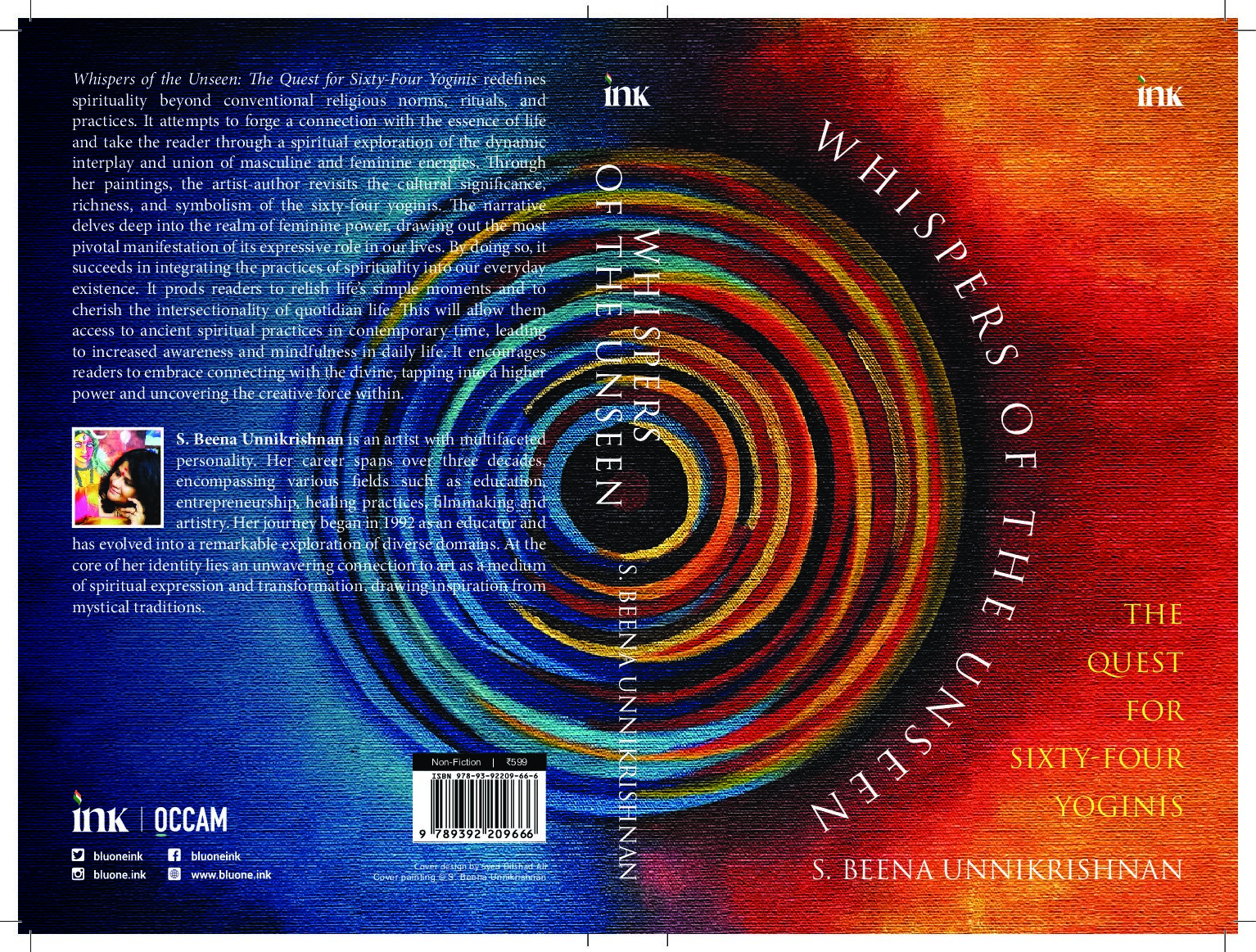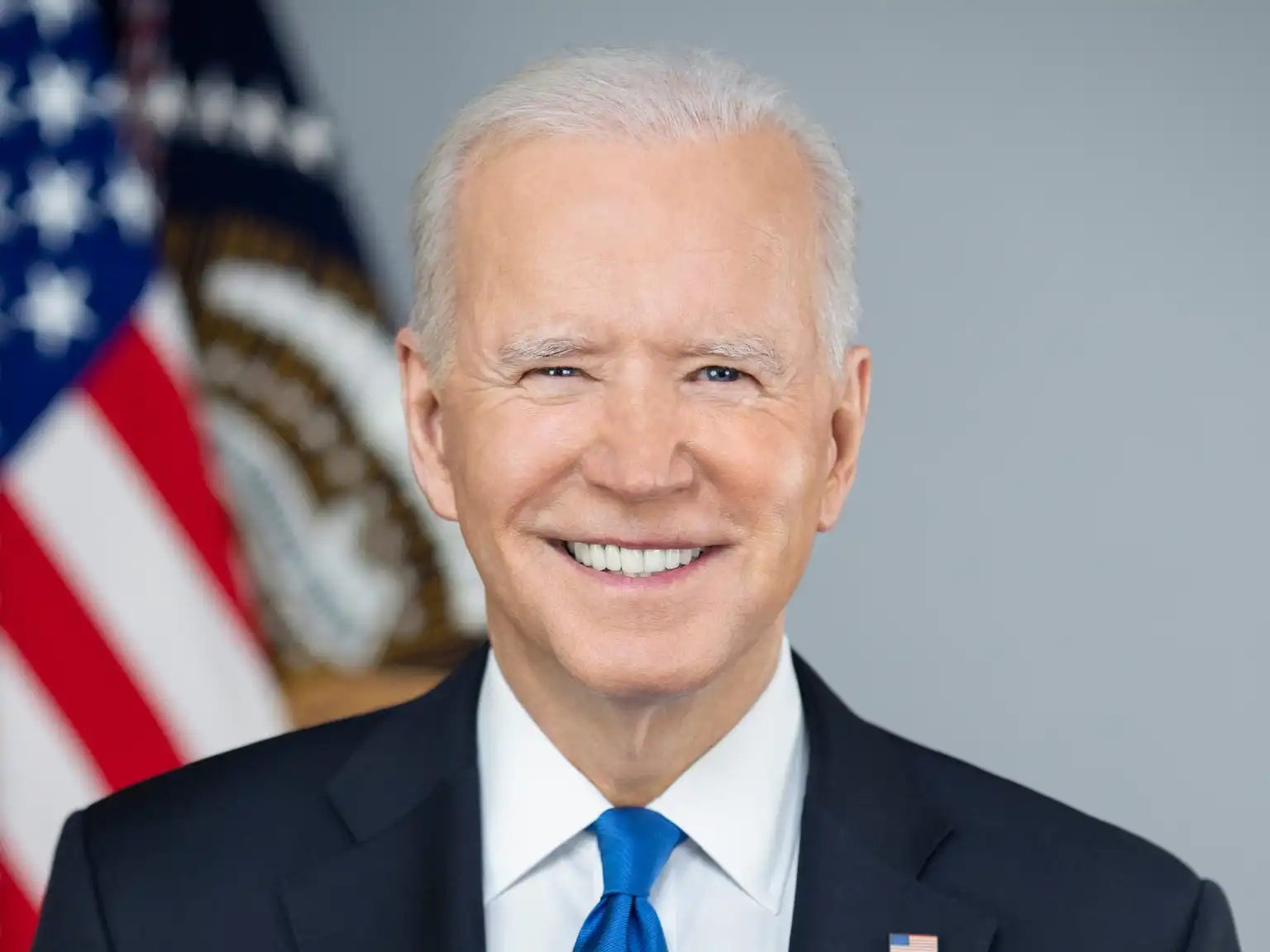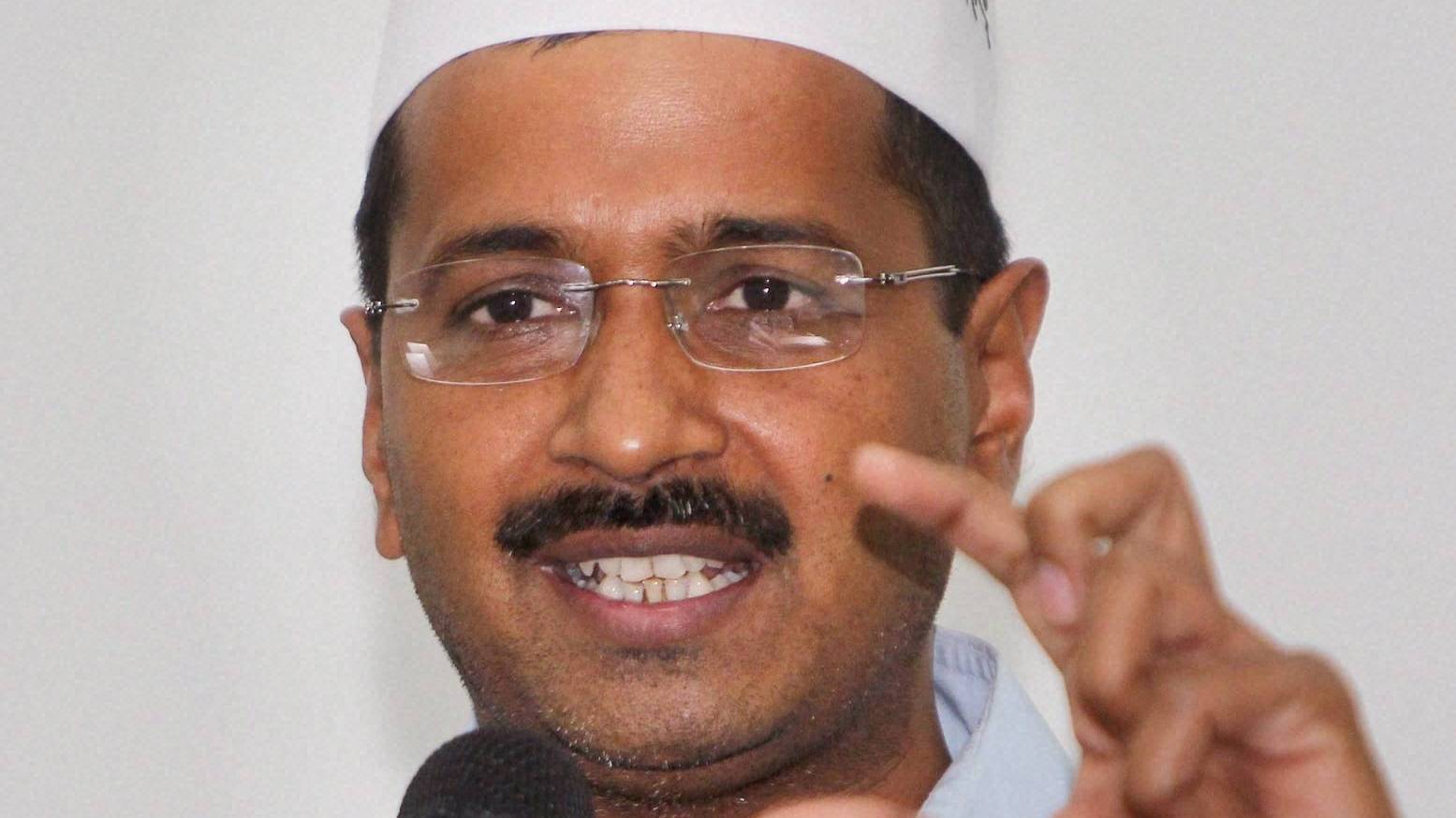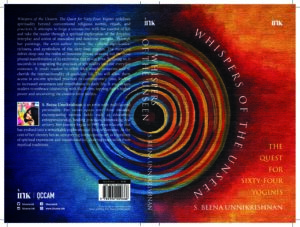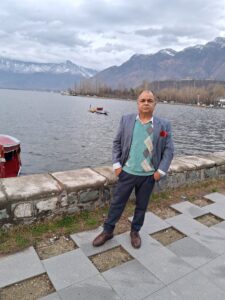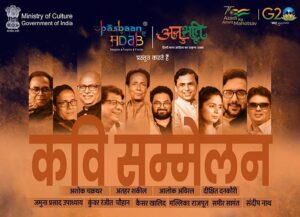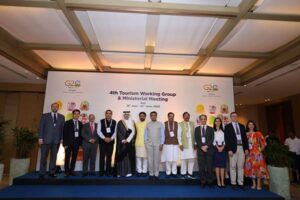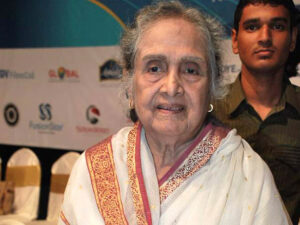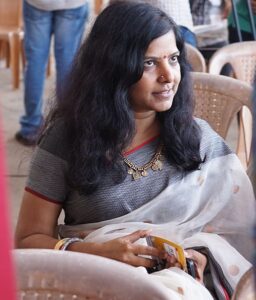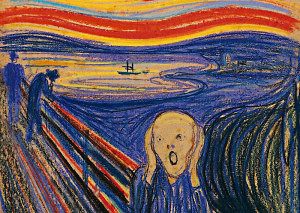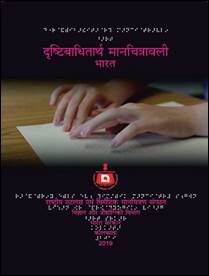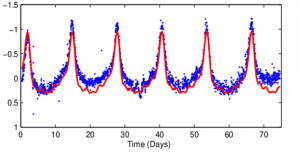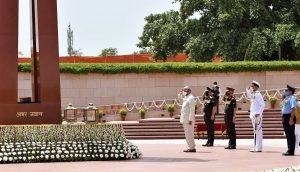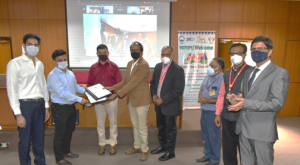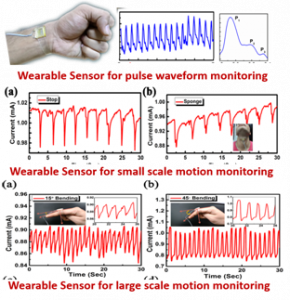Communist way of industrialization: A crime against humanity
Ravi Shanker Kapoor | May 16, 2015 7:51 am
In India, politicians of all hues are routinely lambasted and lampooned as corrupt, unscrupulous characters, but communists escape all opprobrium. This happens because of two reasons: first, the Left enjoys tremendous intellectual influence, an influence that is greatly disproportionate to their political strength; and, second, not many people are aware of the history and crimes of communists all over the world. As a consequence, the Reds continue to adopt a holier-than-thou stance on every issue. On the proposed amendment to the land acquisition law of 2013, too, the commies have been trying to portray themselves as the messiahs of the poor and the Narendra Modi government as the personification of evil. So, it would be instructive to have a look at the economic policies, at various places and in different periods, by communists when they were in power.
Let’s begin with the beginning. The Soviet Union followed the policy of collectivization between 1929 and 1933. The objectives were the transformation of traditional agriculture and industrialization. According to Encyclopedia Britannica, “Intensive collectivization began during the winter of 1929–30. Stalin called upon the party to ‘liquidate the kulaks as a class’ (December 27, 1929), and the Central Committee resolved that an ‘enormous majority’ of the peasant households should be collectivized by 1933. Harsh measures—including land confiscations, arrests, and deportations to prison camps—were inflicted upon all peasants who resisted collectivization. By March 1930 more than one-half of the peasantry (a larger proportion in the agriculturally rich southwestern region of the Soviet Union) had been forced to join collective farms.”
The consequences were calamitous, both for the people and the economy. Collectivization resulted in, says Britannica, “a major famine in the countryside (1932–33) and the deaths of millions of peasants.” Yes, millions of peasants. As for productivity, it declined; yet, the communist regime, established ostensibly in the name of the poor, “extracted the large amounts of agricultural products it needed to acquire the capital for industrial investment.” The Bolsheviks murdered countless farmers and the famine killed millions; this is how communists established the Soviet power in the countryside.
China under Mao was even more unfortunate. For industrial and agricultural progress, the Great Helmsman thought that he could bypass or leapfrog the natural trajectory of history. Hence he conceived of the Great Leap Forward (1958-60), which sought to rapidly industrialize the predominantly agricultural economy by using labor-intensive methods instead of heavy machinery. Huge rural communes were set up. Steel furnaces were established in every village and urban localities. The implementation of quixotic ideas would have laughable had they resulted just in waste and ludicrous situations.
“Under the commune system,” according to Britannica, “agricultural and political decisions were decentralized, and ideological purity rather than expertise was emphasized… The program was implemented with such haste by overzealous cadres that implements were often melted to make steel in the backyard furnaces, and many farm animals were slaughtered by discontented peasants… The inefficiency of the communes and the large-scale diversion of farm labor into small-scale industry disrupted China’s agriculture seriously, and three consecutive years of natural calamities added to what quickly turned into a national disaster; in all, about 20 million people were estimated to have died of starvation between 1959 and 1962.”
In their book Mao: The Unknown Story, Jung Chang and Jon Halliday put the figure much higher 37.67 million. What is indisputable, however, is the fact that the Chinese communists killed tens of millions of people (an aside: in comparison, our politicians, with all their misdeeds and misdemeanors, look like angels!). Chang and Halliday pointed out that the great communist leader, “Mao Tse-tung, who for decades held absolute power over the lives of one-quarter of the world’s population, was responsible for well over 70 million deaths in peacetime, more than any other twentieth century leader” (emphasis added).
And the mass-murderers like Stalin and Mao are the heroes of communists. Therefore, if one is acquainted with the history of communism, one can never be duped by the sophistry and chicanery of commies. Their ideology is a fantasy; their great leaders are great butchers. The depravity also gets reflected in the conduct of communists in India.
The Nandigram violence was a testimony to the wickedness of our communists. The West Bengal government, under the Communist Party of India (Marxist), tried to forcibly acquire land for a special economic zone or SEZ at Nandigram in 2007. The 10,000-acre SEZ was to be developed by the Indonesia-based Salim Group. When farmers resisted, the gangs organized by the CPM tried to suppress them. Many people died and many more were wounded.
Notice the inconsistencies in the communist stand. Always claiming to be the messiahs of farmers, the communists tried to snatch their land. And always opposed to foreign investment, they chose to become the property dealers for an overseas group.
Yet, the CPM has the cheek to champion the cause of farmers. So, the political resolution adopted at the party’s 21st Congress at Visakhapatnam (April 14-19) talked about “protection of agricultural land from forcible and indiscriminate acquisition for commercial non-agricultural purposes.”
In a similar vein Communist Party of India general secretary S. Sudhakar Reddy said on May 8, “We are not against industrialization, but the way the Centre is promoting it by bringing the [Land Acquisition] Bill can’t be accepted.”
In short, whatever may be the merits and demerits of the acquisition legislation proposed by the BJP government, the stand of communists is hypocritical.



